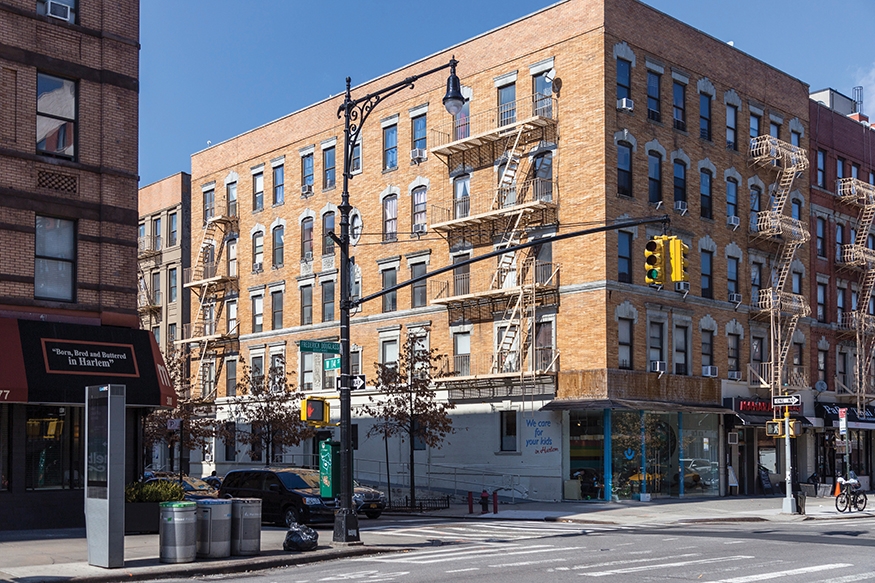This chapter, which constitutes the current DOT Street Lighting Catalogue, outlines options for street and pedestrian lighting for New York City streets, bikeways, pedestrian bridges, pedestrian malls, plazas, and parks. Street lights currently installed on the street, but not included in this chapter, are not recommended for new projects. The street lights herein meet DOT engineering standards and technical requirements for safety and energy efficiency. Most are appropriate for use in a variety of contexts, pending DOT design review and approval.

Selection Criteria
DOT uses guidelines established by the Illuminating Engineering Society of North America (IES) to provide sufficient light values and uniformity in the ROW and produce a comfortable and safe street environment. In addition to lighting characteristics, the agency considers the design qualities of poles and luminaires with an eye to maintaining an aesthetically consistent and coherent streetscape within a neighborhood or corridor. Accordingly, the agency does not approve block-by-block variations in types of street lights.
- Streetlight Components: A street light comprises three elements: 1) the base (sometimes with a “skirt” that covers the base to achieve a desired appearance), 2) the pole, and 3) the LED luminaire. Some poles can be combined with different luminaires to achieve the desired aesthetic and engineering outcomes; in other cases, the combination of pole and luminaire cannot be changed. This chapter notes the luminaires with which each pole can be paired.
- Energy Standards: DOT requires the use of LED luminaires for all installations.
- Engineering Review: In all cases, the suitability of the street light for a particular street and lighting condition must be approved by DOT's Street Lighting Engineering Unit (DOT Street Lighting).
Usage Categories
Street lights and components are categorized as Standard, Distinctive, or Historic. DOT maintains equipment in each of these categories, and replaces damaged street lights.
Standard
The current Standard street light poles are the steel Octagonal and Davit for city streets, and aluminum Round for highways, with LED luminaires as indicated. The M-2A and the S-1A signal poles are Standard for use at traffic signal locations. The M-2A pole may be used to hold a standard street light arm and luminaire. In addition to the pedestrian poles featured in this Manual, other Standard pedestrian poles suitable for use are covered in DOT Street Lighting's Standard Drawings Book. With DOT approval, modifications and alternate combinations of components are possible. Poles can be painted according to federal specifications in silver, black, or green. While such modifications are considered Standard, they typically require a maintenance agreement and DOT Street Lighting approval.
Distinctive
Street light poles, other than those that are listed as Standard or Historic, are considered Distinctive; they are installed as part of streetscape projects and other locally-funded initiatives. Unless they are in-kind replacements for damaged street lights, Distinctive lights require PDC approval. DOT is responsible for submitting Distinctive street light proposals to PDC on behalf of neighborhood associations and other groups that request the treatments. In preparation for these submittals, DOT works closely with applicants to develop consistent street lighting plans that are sensitive to local contexts. DOT maintains Distinctive street lights unless otherwise stated in a maintenance agreement.
Historic
Historic-style poles can only be used in LPC designated historic districts or in neighborhoods with substantial, intact historic fabric—i.e., three or more contiguous blocks. They require approval by LPC for use in historic districts and PDC approval for use in non-designated areas with substantial, intact historic fabric. The Historic street light poles are currently used with only the Teardrop and Shielded Teardrop Luminaires.

